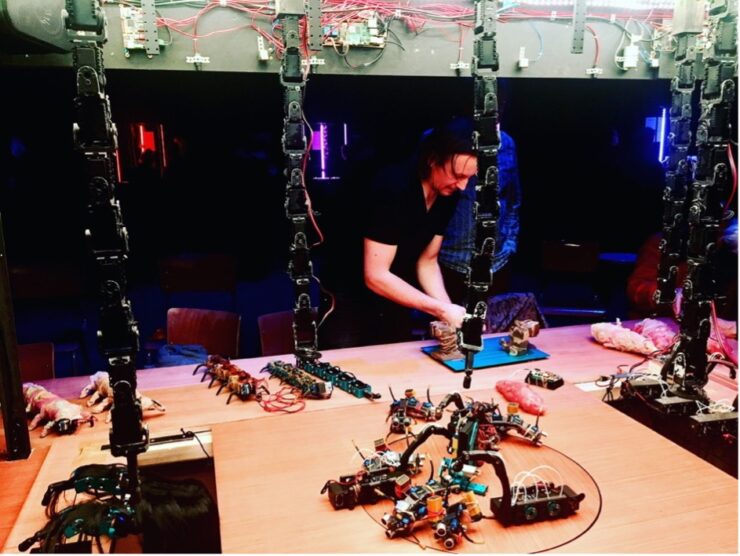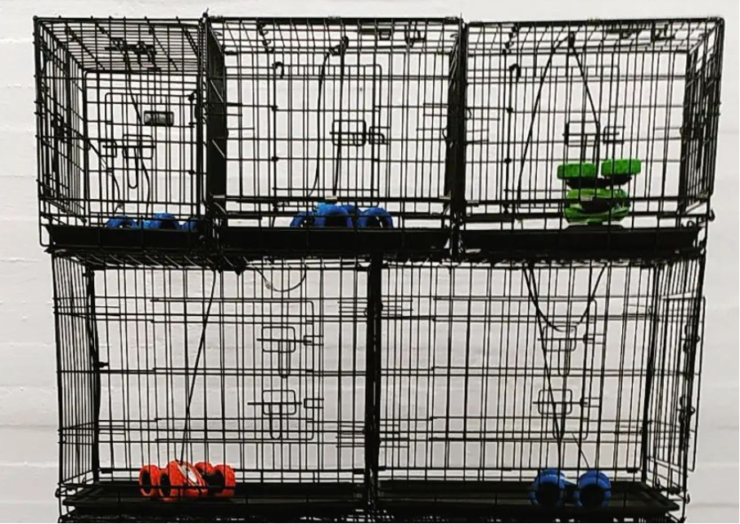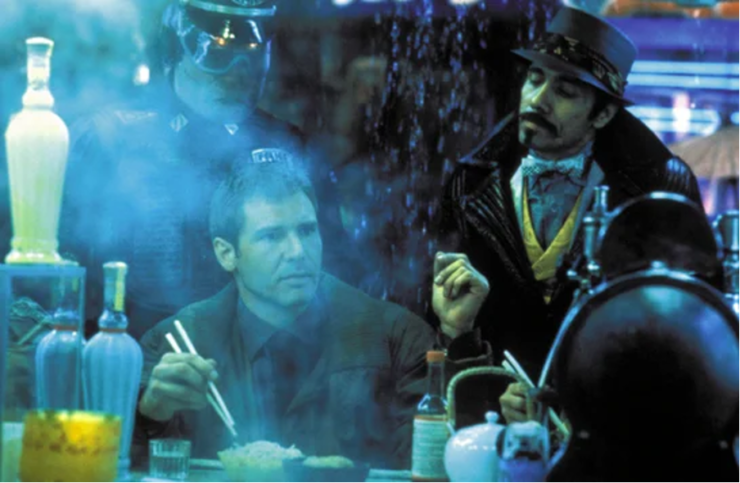News
The Potential to Die: “Do Performing Robots Dream of Sinterklaas?” A Child’s Play – Olga Efremov

The third session of TiM was a fascinating combination of three presentations united by a common desire to unravel both performative and technological aspects of robot actors and robot-like acting, and live theatrical performances that put the theory to practice. Both Simple Machines by Ugo Dehaes and NAO: Re-wired by Ulrike Quade Company investigated how theater and robotics can mutually inform and inspire each other (Utrecht University 2022b). The preceding talks by Irene Alcubilla Troughton, who researches human-robot interactions, a tech dramaturg Marijke Hessels, and Ruowen Xu, a scholar with a keen interest in android theatre were instrumental in framing the combined seminar experiences as an example of an artistic research practice that I propose to call a “robotic imaginarie”.
The term “imaginarie” is a conceptual interpretation and a linguistic reconstruction of the term “media imaginary” introduced by Frank Kessler and Imar de Vries in the first of TiM 2022-23 seminar series (Utrecht University 2022a). It is also an augmentation of “imaginary” with two French loan words: imagerie meaning an assorted collection of images and menagerie, a collection of wild animals kept in captivity for exhibition. Those familiar with Bram Ellens’ Robots in Captivity art project that is now on tour in Kunsthal Nord Aalborg Denmark (Ellens 2022) perhaps still have a vivid mental picture of a robotic imaginarie as a situated practice (Picture 1). Yet there is a broader meaning to “imaginarie”: a collection of ideas, assumptions, values, institutions that shape our future.
Florian Malzacher (2014) who emphasises the focus on the curatorial in performing arts in his writings on performative curating, refers to what Claire Bishop influentially describes a “social turn”: the growing attention of artists for collaborative practices, and for the participation of the public. Malzacher argues that loss of control and compromises are no longer seen as necessary flaws but rather as the core of the medium theatre: “What’s specific to the theater,” Heiner Müller used to say, “is not the presence of the living actor or of the living spectator, but rather the presence of the person who has the potential to die.” (119).

Bram Ellen’s Robots in Captivity: a robotic imaginarie on tour in Denmark (2022).
The “potential to die” theme resonated through all the talks and performances at Acting Like a Robot imaginarie: from the images of sleeping androids evoking the famous question from the title of Philip Dick’s science fiction novel to Ugo Dehaes matter-of-fact account of the death of dance choreographer as a profession under the pressures of neo-liberal market forces. Simple Machine performance was imbued with the implied references of market stalls that evoke the imagery of cinematic adaptation of Dick’s novel: Blade Runner (Picture 2). Dehaes’ robot are creatures that could be smuggled, sold from under the counter or placed in cages, but also the ones capable to producing the sense of wonder and Call for Adventure in children audience, who were eager to interact with the imaginarie’s creatures.

“A Philip Dick’s Takeaway”. Market stalls scene from Blade Runner (1982) film.
My own approach to future-oriented vision of the world favours those that can create and curate that sense of awe. While many imaginaries may still be trapped, both visually and conceptually, in the cage of Golden Era sci-fi, not capable to surpass and deviate from it, there is a sense of future hope that is coming from what Media and Digital Society scholar José van Dijck calls “public values such as bildung and autonomy.” (Utrecht University n.d.). Can focus on bilding as curatorial concept of a media imaginarie create space for the integration of child’s play both as part of robot performance and as the process of machine learning of the robots and algorithms about the world we humans want to live in? In other words, can a child teach a robot to dream of Sinterklaas? I certainly hope so.
References
Ellens, Bram (@bramellens). 2022. “Everything ready for the grand opening tomorrow here in Kunsthal Nord Aalborg Denmark.” Instagram photo, December 15, 2022. https://www.instagram.com/p/CmMN7M0IV6q.
Malzacher, Florian. 2014. “Empty Stages, Crowded Flats. Performative Curating Performing Arts.” In Scenekunsten og de unge, edited by Sidsel Graffer and Ådne Sekkelsten. https://scenekunstenogdeunge.no/Empty-Stages-Crowded-Flats.
Utrecht University. 2022a. “Media Imaginaries / Imaginary Media / Imaginations of Media” – Frank Kessler and Imar de Vries (UU). Transmission in Motion. Accessed November 9, 2022. https://transmissioninmotion.sites.uu.nl/media-imaginaries-imaginary-media-imaginations-of-media-frank-kessler-and-imar-de-vries-uu.
Utrecht University. 2022b. “Robotic Imaginaries” – Acting Like a Robot Research Project. Transmission in Motion. Accessed December 20, 2022. https://transmissioninmotion.sites.uu.nl/robotic-imaginaries-acting-like-a-robot-research-project.
Utrecht University. n.d. “Prof. dr. José van Dijck.” Accessed December 20, 2022. https://www.uu.nl/staff/jftmvandijck.
Images:
“A Smuggler’s Stall: Ugo Dehaes’ Simple Machines.” Photographed by Olga Efremova on November 23, 2022. Digital image. Private collection.
Ellens, Bram (@bramellens). 2022. “All inhabitants back where they belong in my kennel.” Instagram photo, December 15, 2022.
Nicolaou, Elena. 2017. “Everything You Need To Know About Blade Runner So You Can Skip The Original.” Refinery29, October 3, 2017. https://www.refinery29.com/en-us/2017/10/174935/what-is-blade-runner-about-plot-deckard#slide-5.

